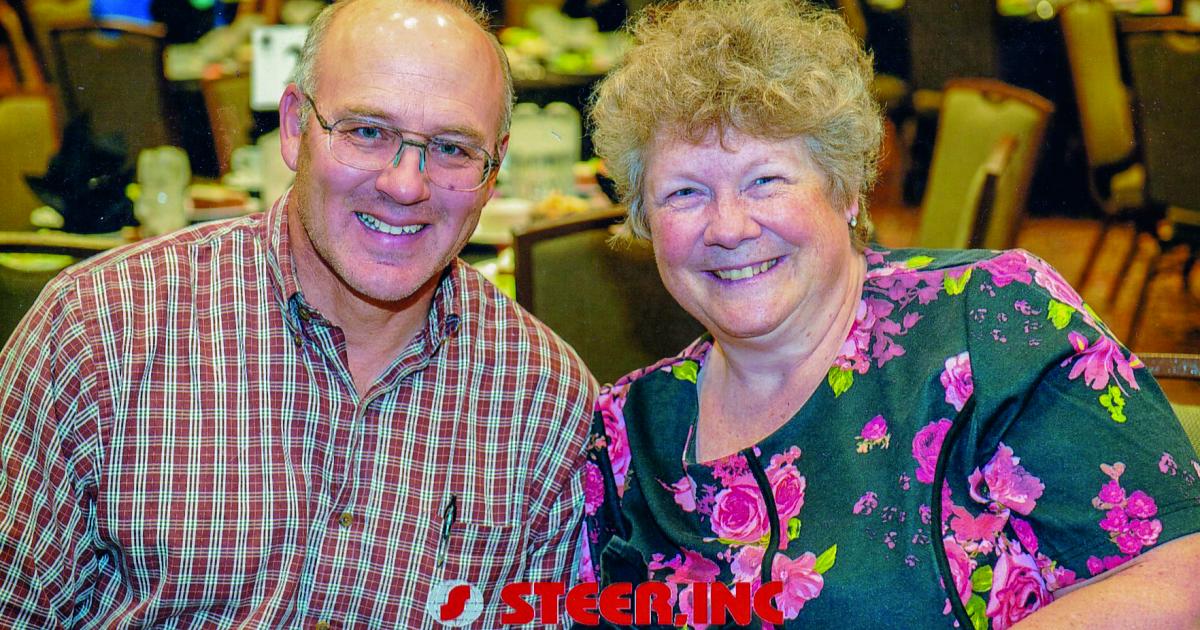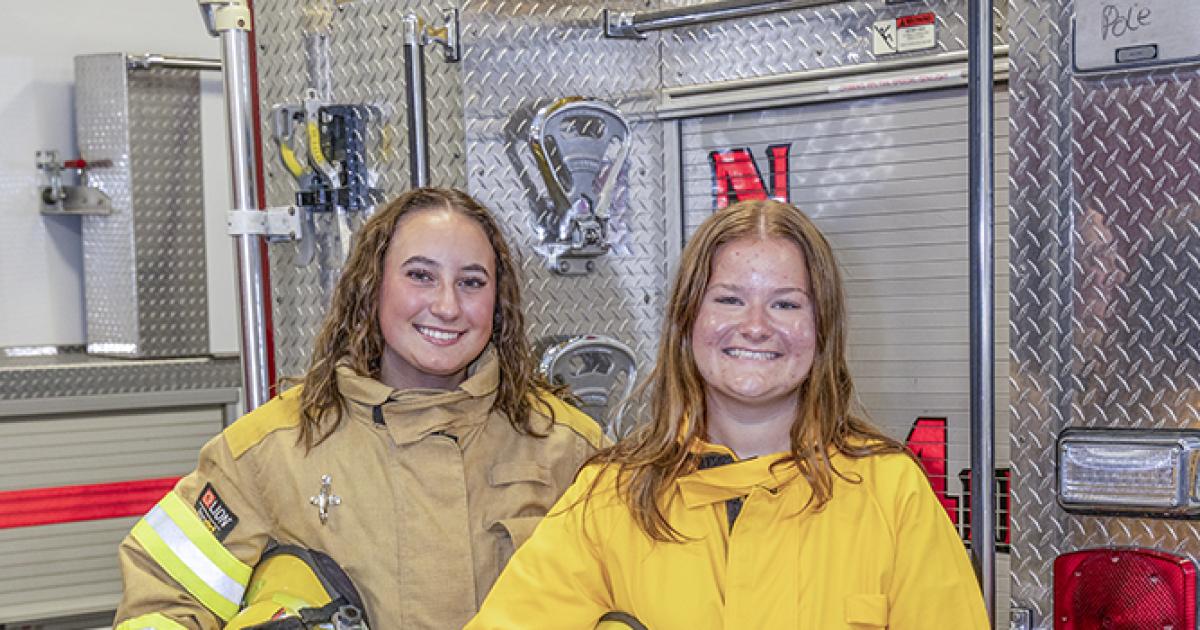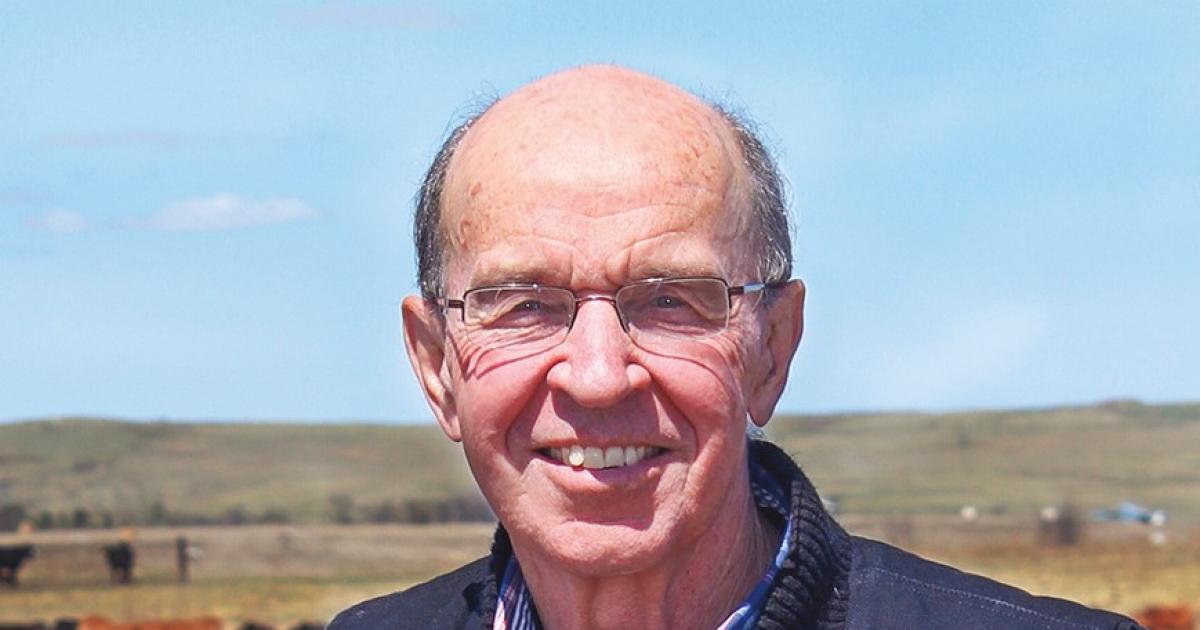As we move from one decade to the next, much is being said and written about the big developments of the past 10 years, about how North Dakota has changed, and what changes the decade of the 2020s might bring.
When the state observed its 100th birthday in 1989, there were similar reflections and speculation, but to a much larger degree. The Greater North Dakota Association, the state’s Chamber of Commerce, embarked on what it called North Dakota Vision 2000. A series of 40 town hall meetings were held across the state. Interviews were conducted with many people, myself included. The objective was a report that would reflect attitudes about the state’s economy and how it might be improved.
Those were difficult times economically. The 1980s brought a severe agricultural depression. Farm auctions were common. Small towns were dying. The cloud of the “Buffalo Commons” prediction hung over the state. People asked: “Will agriculture and energy sustain us?” The authors of the Vision 2000 report said their vision was “to build a new North Dakota.”
After getting input from an estimated 6,700 people, the authors came up with eight initiatives. Among them were the creation of a commission on science and technology and an economic development bank. The authors foresaw more value-added agriculture, the production of more energy byproducts, and what they called advanced manufacturing. Out in the country, there was a reluctance to accept some of the report’s findings.
The final report came out in mid-1990, as a new decade began. In September 1989, I wrote an opinion piece in which I said, “Where North Dakota goes in the future will not be decided by this report, but by where North Dakotans want it to go.” And I added, “If you’re not part of the process, someone else will be making the decisions for you.” That’s still true.
Al Gustin is a retired farm broadcaster, active rancher and a member of Mor-Gran-Sou Electric Cooperative.










